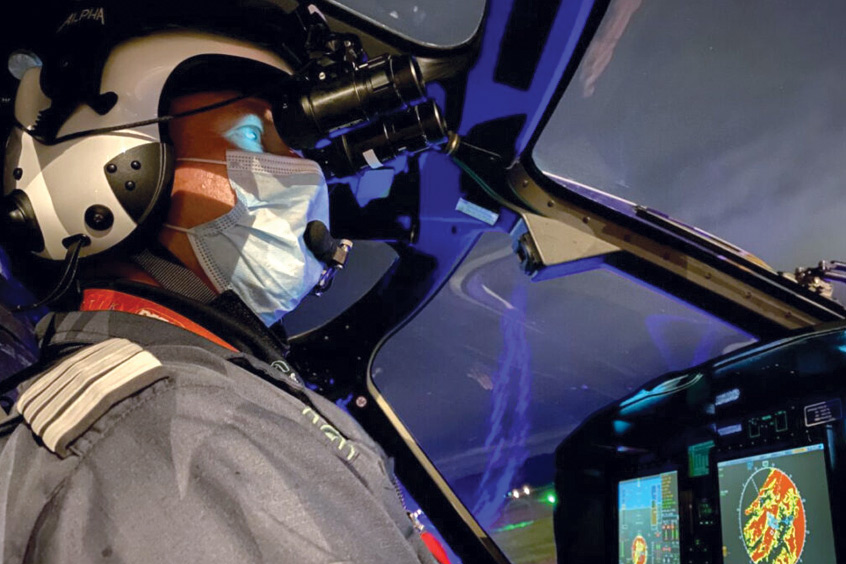Why visit ACE ’24?

UK Air Ambulance Charity Kent Surrey Sussex is proud to be marking 10 years since becoming the first air ambulance charity in the country to fly 24/7, 365 days a year.
On 29 September, 2013 it became the first air ambulance service in the UK to provide a 24/7 helicopter service all year round. Since then it has carried out 4,106 missions by helicopter at night, treating 2,355 patients and flying for 2,000 hours.
Professor Richard Lyon MBE, executive director of research and innovation, and deputy medical director, says: “Accidents don't stop happening when the sun sets. In fact, some of our most serious incidents occur in the hours of darkness. In 2012, we undertook an innovative simulation study that suggested that patients across our region could benefit from our life-saving medical intervention every night.
“Based on this result, we became the first air ambulance charity in the UK to fly 24/7, 365 days a year, using the most advanced systems at the time with a new helicopter, two pilots and the entire medical crew using night vision goggles. This allowed us to deliver the same quality of rapid critical care by air to all of our KSS patients, regardless of the time of day.
“I'm immensely proud to have led this initial research, been one of the first doctors to fly at night and still be with KSS today, continuing to see on a daily basis that lives are being saved, 24 hours a day, all thanks to our ability to night fly and to the generosity of our fantastic and loyal supporters.”
Night flying facts:
- Air Ambulance Charity Kent Surrey Sussex pilots and clinical teams use military-grade night vision goggles when operating at night.
- Flying at night is more complex and requires additional time for flight planning. Air Ambulance Charity Kent Surrey Sussex aims to be airborne in no more than 15 minutes at night, compared to within five minutes during the day.
- Google Earth is used to help select landing sites, as well as specialist mapping systems that show where hazards such as overhead wires or covered reservoirs are located.
- There are over 180 sites known to the charity that are safe for it to use, covering most towns and villages in Kent, Surrey and Sussex. It looks for sites that are as big as possible, with a minimal slope, a good surface and good access in and out to enable the crew to bring a patient back safely to the aircraft.
- At night its crews use a powerful white light underneath the aircraft to illuminate the landing site as it approaches to ensure it is clear and safe to land.
Chief pilot Nick Bramley says: “Flying at night is more challenging than flying by day. Vision and depth perception are both reduced, and it requires a lot more concentration because everything is different. It's a subtle difference, just as driving a car by night feels different.
“There are two aspects to night flying at KSS. The first is conventional flying but at night, which requires more concentration. That's the type of flying we do when flying into a hospital or major trauma centre. When we are out flying to a patient we use night vision goggles and the night vision instrumentation system (NVIS). That's much more challenging and something that most pilots would not experience in their career. It's unique to the military, air ambulances and the police.
“When pilots join KSS they go through a NVIS course, so they join us fully qualified to fly day or night. They then undergo intensive training over several months to develop those skills.”
On Saturday, 28 October it will be marking 10 years of night flying with a very special Heli Hike at Night fundraising walk at Mote Park in Maidstone, Kent, the location of one its pre-approved night landing sites. Participants are encouraged to bring glow accessories and face paints to be ready to light the way.